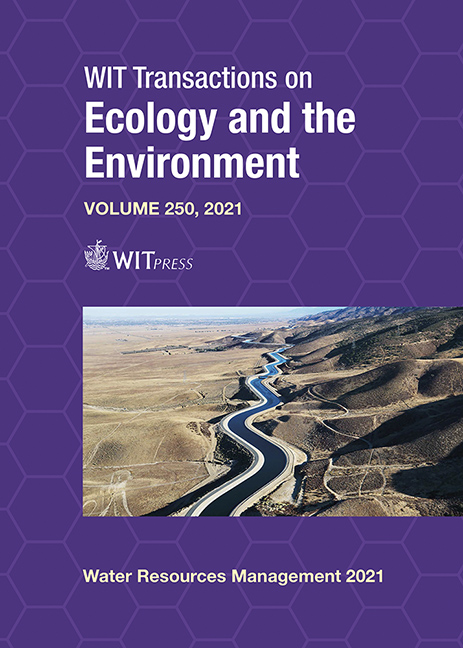MODELING THE BEHAVIOR OF RAIN GARDENS
Price
Free (open access)
Transaction
Volume
250
Pages
12
Page Range
143 - 154
Published
2021
Size
804 kb
Paper DOI
10.2495/WRM210131
Copyright
Author(s)
HARSHO SANYAL, YARA YASSER ELBOROLOSY, JOSEPH CATALDO
Abstract
Globally, many cities have an overreliance on gray infrastructure, which does little to prevent flooding, and further contaminates the runoff, exacerbating its environmental effects. Green infrastructure (GI) has emerged as an alternative, which works by utilizing natural hydrology through the incorporation of permeable surfaces, retention, and water filtration. GI practices can include structures such as green roofs, permeable pavements, and rain gardens. Rain gardens are among the highest-priority GI practices in urban areas, due to their soil suitability, space requirements, and high nitrogen removal from stormwater. They are built with layers of gravel, geotextile fabric, engineered soil, and a hardy plant species. Stormwater is captured and retained, before eventually exiting via outlets, sewer piping, or evapotranspiration. This analysis of rain gardens includes an examination of stormwater infiltration and storage of a hypothetical design at a NYC location. Furthermore, “greened acres” (equivalent impervious area for stormwater) are presented for the project, to highlight the effectiveness of stormwater quantity management. Additionally, runoff quality was experimentally measured using a physical model of a rain garden, where nitrogen concentration is measured before and after to determine change in runoff quality. This concept is based on a previous green roof study, where nitrogen removal in soil was determined after wood mulch (which is known to use up excess nitrogen) was added. This previous experiment showed a 22% reduction in nitrates after a week of soil mixed with wood mulch. The modelled rain garden was able to capture 80% of the nitrogen in the inflow for a single storm event, but only 60% for a second storm event. Additionally, previously present nitrogen leached from the soil into the runoff, significantly reducing its effectiveness. Further research of the nitrogen removal by rain gardens is recommended.
Keywords
rain garden, green infrastructure, nitrogen capture, runoff, stormwater, green roof, stormwater management





